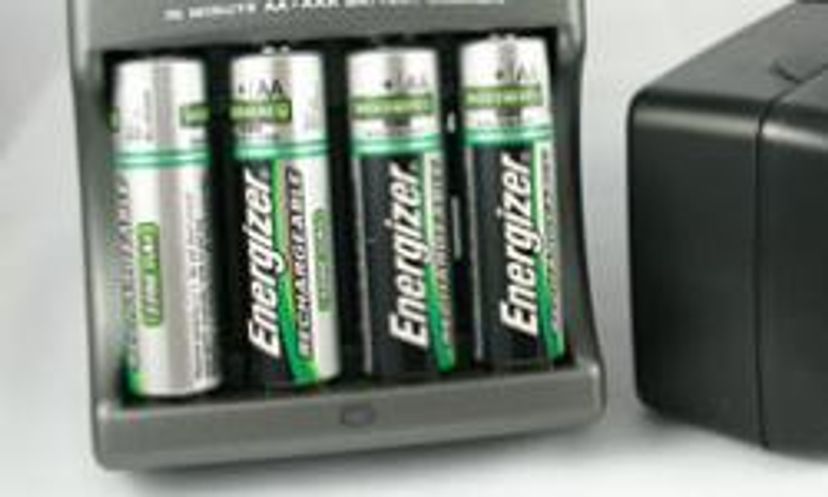
From the batteries in our cars to the batteries in our flashlights and laptop computers, they're all essentially cans of chemicals that produce electricity in a process called electrochemical reactions.
A battery is marked positive and negative at its two terminals. In a small battery (like an AA, C or D), these are just the opposite ends, while in a larger battery (like a car battery), the terminals are two heavy lead posts.
For a chemical reaction to occur within the battery, electrons must flow from the negative to the positive terminal. The reaction doesn't start until you plug the battery in to make a circuit.
Advertisement
The very first battery was called a voltaic pile. Each layer in the pile increased the battery's voltage.
The Daniel cell is also known as the gravity cell, wet cell and crowfoot cell. It's made from copper and zinc plates and copper and zinc sulfates.
A lead-acid battery, like the kind you find in your car, has a reversible reaction.
Advertisement
An alkaline battery contains zinc and manganese-oxide electrodes, and it relies on alkaline chemistry to create its charge.
In 1859, a French physicist named Gaston Plante created the lead acid cell. It later became the world's first rechargeable battery.
When a nickel-cadium battery is recharged before it discharges the majority of its power, it essentially "forgets" that it could fully discharge to begin with. This problem is termed the memory effect. You can avoid the memory effect by allowing the battery to fully discharge once every two to three weeks and then recharging it.
Advertisement